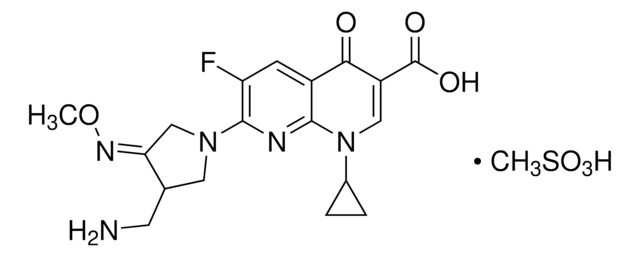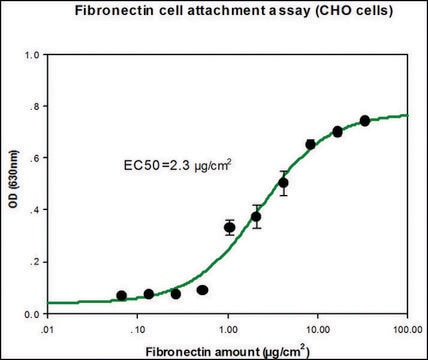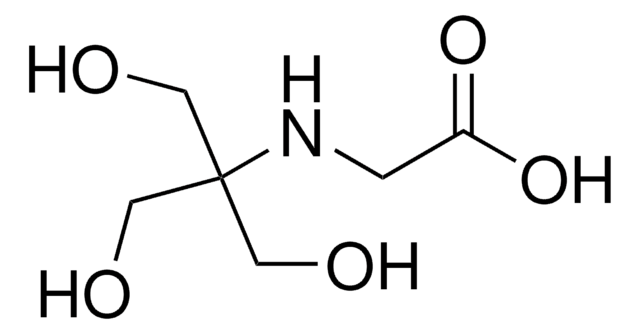MABC1592
Anti-SAP-1 Antibody, clone 123
clone 123, from rat
Synonym(s):
Receptor type protein tyrosine phosphatase sap-1, Stomach-cancer–associated protein tyrosine phosphatase 1, SAP-1
About This Item
Recommended Products
biological source
rat
Quality Level
antibody form
purified immunoglobulin
antibody product type
primary antibodies
clone
123, monoclonal
species reactivity
mouse
should not react with
human
technique(s)
immunofluorescence: suitable
immunohistochemistry: suitable
immunoprecipitation (IP): suitable
western blot: suitable
isotype
IgG1κ
UniProt accession no.
shipped in
ambient
target post-translational modification
unmodified
Gene Information
human ... PTPRH(5794)
mouse ... Ptprh(545902)
General description
The previously assigned protein identifier B6ZDS3 has been merged into E9Q0N2. Full details can be found on the UniProt database.
Specificity
Immunogen
Application
Apoptosis & Cancer
Immunofluorescence Analysis: A representative lot detected SAP-1 in Immunofluorescence applications (Sadakata, H., et. al. (2009). Genes Cells. 14(3):295-308; Murata, Y., et. al. (2015). Proc Natl Acad Sci USA. 112(31):E4264-71).
Immunofluorescence Analysis: A representative lot detected SAP-1 in ileum from 8-week old WT mouse (Courtesy of Yoji Murata, Ph.D. and Takashi Matozaki, M.D., Ph.D. Kobe University Graduate School of Medicine, Japan).
Immunoprecipitation Analysis: A representative lot detected SAP-1 in Immunoprecipitation applications (Murata, Y., et. al. (2015). Proc Natl Acad Sci USA. 112(31):E4264-71).
Immunohistochemistry Analysis: A representative lot detected SAP-1 in Immunohistochemistry applications (Sadakata, H., et. al. (2009). Genes Cells. 14(3):295-308; Murata, Y., et. al. (2015). Proc Natl Acad Sci USA. 112(31):E4264-71).
Western Blotting Analysis: A representative lot detected SAP-1 in Western Blotting applications (Sadakata, H., et. al. (2009). Genes Cells. 14(3):295-308; Murata, Y., et. al. (2015). Proc Natl Acad Sci USA. 112(31):E4264-71).
Quality
Western Blotting Analysis: 1 µg/mL of this antibody detected SAP-1 in 10 µg of lysate from HEK293A cells transfected with murine SAP-1.
Target description
Physical form
Storage and Stability
Other Notes
Disclaimer
Not finding the right product?
Try our Product Selector Tool.
wgk_germany
WGK 1
Certificates of Analysis (COA)
Search for Certificates of Analysis (COA) by entering the products Lot/Batch Number. Lot and Batch Numbers can be found on a product’s label following the words ‘Lot’ or ‘Batch’.
Already Own This Product?
Find documentation for the products that you have recently purchased in the Document Library.
Our team of scientists has experience in all areas of research including Life Science, Material Science, Chemical Synthesis, Chromatography, Analytical and many others.
Contact Technical Service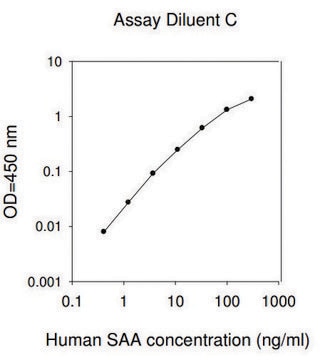

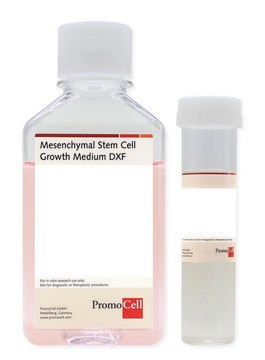

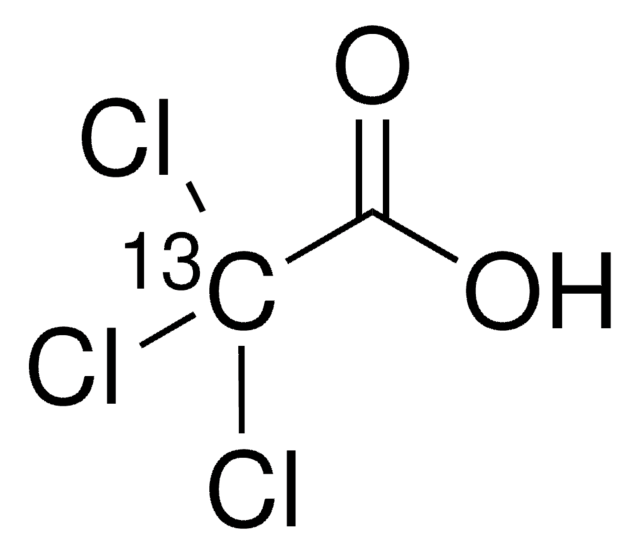
![N-[3-(2-Furyl)acryloyl]-Leu-Gly-Pro-Ala](/deepweb/assets/sigmaaldrich/product/structures/805/876/96b5fb57-71c8-4c6b-b5d2-fafe7374cd85/640/96b5fb57-71c8-4c6b-b5d2-fafe7374cd85.png)
